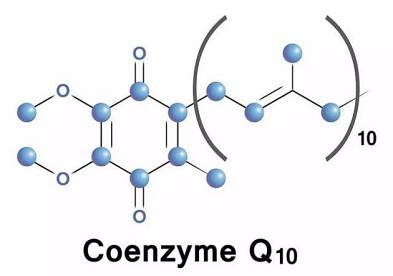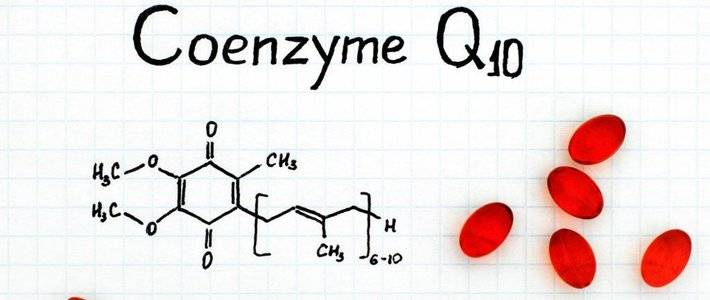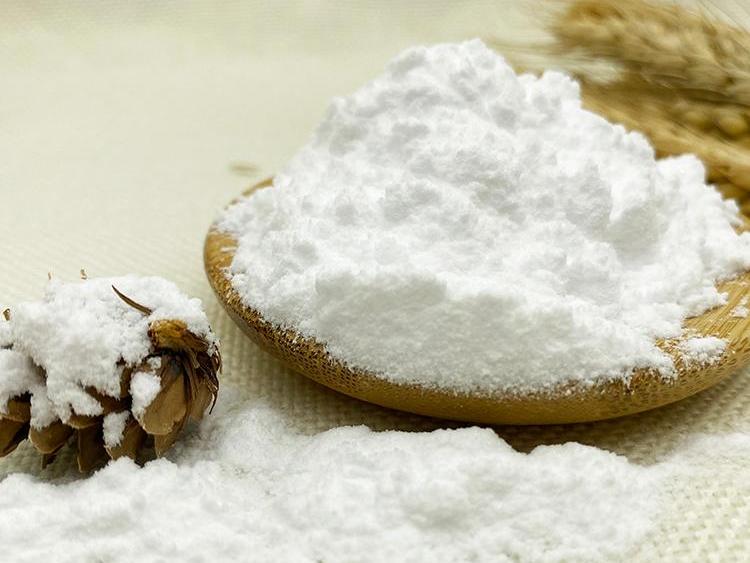Antioxidant and Anti-Fatigue Effects of Coenzyme Q10 and Clinical Applications
Coenzyme Q10 (Co Q10), also known as decenoquinone and ubiquinone, is chemically known as 2,3-dimethoxy-5-methyl-6-decylisopentenylbenzoquinone, named after the polymerization degree of 10 of the polyisopentenyl group of the side chain at the six-position of the mother nucleus, and is a quinone compound that is widely present in various types of cells. It is a quinone widely found in various types of cells.
Since its discovery in 1957, Coenzyme Q10 has attracted much attention because of its specificity and important physiological functions in the human body. In recent years, it has been found that coenzyme Q10, as a component of the mitochondrial respiratory chain, is embedded in the lipid bilayer of the inner mitochondrial membrane, and not only acts as a coenzyme in cellular energy production but also protects against free radicals attacking the mitochondrial membrane, exhibiting antioxidant and anti-fatigue functions[1,2].
Coenzyme Q10 has a large consumer market as a health product in developed countries such as Europe, America, and Japan[3]. In this paper, we summarize the progress of coenzyme Q10 related preparations, antioxidant and anti-fatigue effects, and clinical applications in recent years.
1.Coenzyme Q10 Supplements Currently Available in the Markets
Coenzyme Q10 supplements available in the market are mainly used in the pharmaceutical industry, and currently, there are injections, capsules, soft capsules, and tablets of Coenzyme Q10 in production, in addition, it is widely used as an additive in various kinds of nutritious and health food in the food field. In addition, coenzyme Q10 nanoliposomes prepared by novel nanotechnology are popular because of their high bioavailability [4].
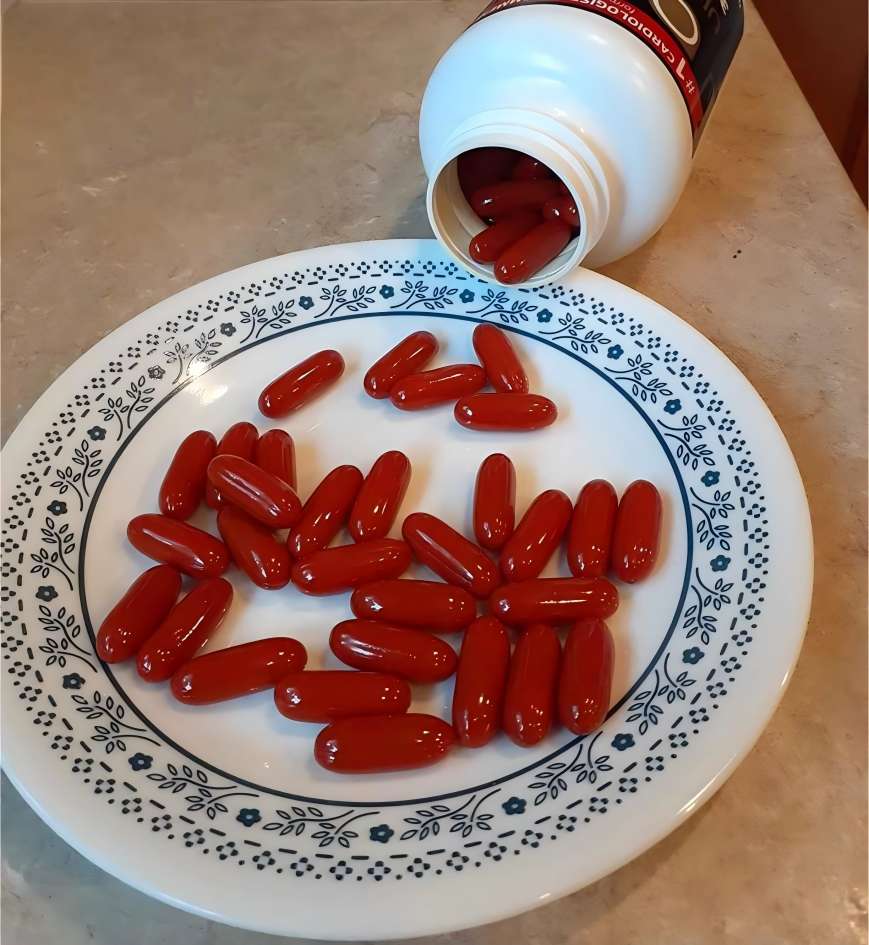
2.Antioxidant Effects of Coenzyme Q10
Coenzyme Q10 is found in the inner membrane of mitochondria and is closely related to cellular energy production. It plays a role in the transfer of electrons and proteins during cellular respiration and ATP production. CoQ10 exists in two main forms in mitochondria: oxidized and reduced. The oxidized form can be converted to the reduced form by the loss of two electrons and acts as an antioxidant in its reduced form. Reduced coenzyme Q10 can also inhibit free radical-mediated oxidative damage to membrane lipoproteins, scavenge free radicals, and inhibit oxidative stress, thus playing an antioxidant role.
Animal experiments[5] showed that 48 male SD rats were randomly divided into 3 dose groups and 1 negative control group according to their serum malondialdehyde levels, with 12 rats in each group. 15.00, 7.50, and 3.75 mg/kg of CoQ10 were administered to each of the 3 dose groups, and wheat germ oil was administered to the negative control group. The samples were administered by oral gavage once daily for 90 days. At the end of the experiment, malondialdehyde, lipofuscin, superoxide dismutase (SD), and glutathione peroxidase (GPO) activities were measured by the kit.
The results showed that compared with the negative control group, the malondialdehyde content in serum, brain, and liver tissues of rats in each dose group of coenzyme Q10 decreased to different degrees; the activities of superoxide dismutase and glutathione peroxidase increased to different degrees; and the lipofuscin in brain and liver tissues decreased to different degrees. This indicates that coenzyme Q10 has antioxidant effects on rats.
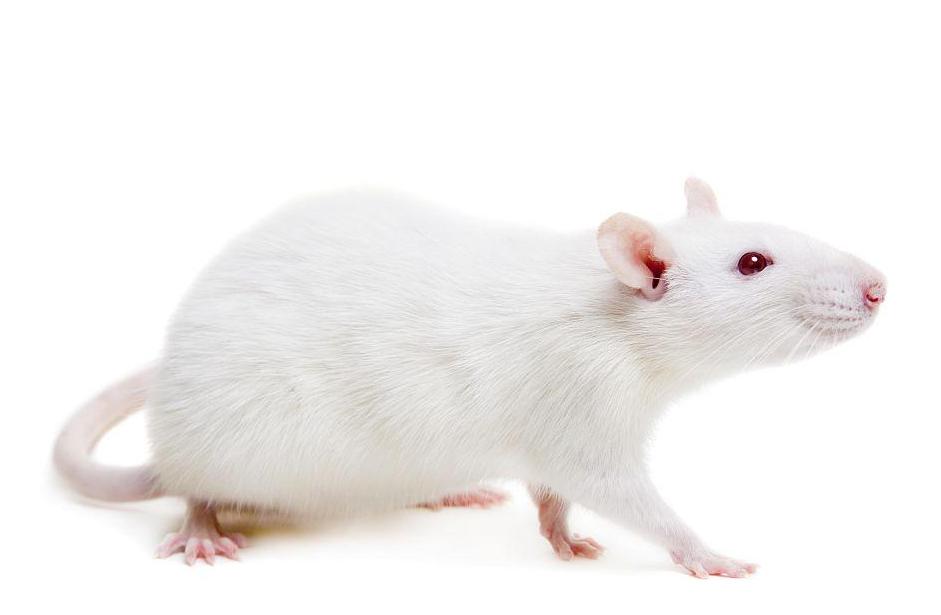
In a human experiment[6], 120 healthy subjects were randomly divided into a sample group and a placebo group according to the serum malondialdehyde level. The sample group was given coenzyme Q10 capsules for 120 days, one capsule twice a day, each time containing 20 mg of coenzyme Q10, and its antioxidant function was evaluated through the measurement of serum malondialdehyde level and the activities of superoxide dismutase and glutathione peroxidase, as well as the safety indexes. The antioxidant function of Q1020mg was evaluated by measuring the serum malondialdehyde content and the activities of superoxide dismutase and glutathione peroxidase as well as the safety indexes.
The results showed that the decrease of malondialdehyde content in serum and the increase of superoxide dismutase and glutathione peroxidase activities in the sample group were significantly greater than those in the placebo group (P<0.01), which indicated that Coenzyme Q10 has an antioxidant effect on human beings, and there was no significant change in the safety indexes of both groups, which indicated that the long-term use of Coenzyme Q10 has a better safety profile. In addition, in the adjuvant treatment of various diseases, it has been shown that coenzyme Q10 can scavenge free radicals and inhibit oxidative stress through the production of superoxide anion radicals, showing antioxidant effects [7,8].
3.Anti-fatigue Effects of Coenzyme Q10
Another significant benefit of Coenzyme Q10 is its ability to reduce physical fatigue. As the body's coenzyme Q10 content decreases with age, cellular productivity is also affected. Supplementation with exogenous coenzyme Q10 can ensure the smooth functioning of the cellular respiratory chain and increase the body's reserve of hepatic glycogen. Therefore, coenzyme Q10 can simultaneously “anti-aging” through antioxidants and improve fatigue, which is an unparalleled advantage of other antioxidants.
Animal experiments[9] showed that the anti-fatigue function of coenzyme Q10 was evaluated by weight-bearing swimming test, and the serum urea nitrogen content and liver glycogen reserve were measured after exercise in mice administered coenzyme Q10 at the doses of 0, 1.5, 15, and 45 mg/kg by gavage once a day for 4 weeks. The results showed that coenzyme Q10 significantly prolonged the weight-bearing swimming time (15 mg/kg, P<0.05), increased the hepatic glycogen reserve (15 mg/kg, P<0.01; 45 mg/kg, P<0.05), and decreased the postexercise serum urea nitrogen level (1.5, 15, 45 mg/kg, P<0.01), suggesting that it can enhance the swimming endurance of mice and improve the anti-fatigue function of mice. This suggests that coenzyme Q10 can enhance swimming endurance and improve fatigue resistance in mice.

Mizuno K et al[10] randomized 17 healthy volunteers into an oral coenzyme Q10 group (100 or 300 mg per day) and a placebo group and administered the drug for 8 days. The anti-fatigue effect of CoQ10 was evaluated by detecting the change in maximum speed and the visual analog scale (VAS) in an overload exercise test on a bicycle ergometer. The results showed that the 300 mg coenzyme Q10 group had a higher rate of change in maximal speed during the overload test a lower subjective fatigue at the end of the test and a shorter recovery time compared with the placebo group.
The results showed that oral coenzyme Q10 supplementation had a protective effect against the reduction of mitochondrial membrane phospholipids, which were significantly reduced during prolonged exercise, and increased the ability of muscle phosphocreatine to recover from exercise. Therefore, the use of coenzyme Q10 may reduce physical fatigue through antioxidant effects and contribute to the oxidative phosphorylation process in vivo. However, there was no significant difference between the 100 mg CoQ10 group and the placebo group in this study, suggesting that CoQ10 can only exert anti-fatigue effects at adequate doses.
4.Clinical Applications of Antioxidant and Anti-Fatigue Effects of Coenzyme Q10
4.1 Application in Cancer
Cancer-associated fatigue is one of the most common symptoms in patients with all forms and stages of cancer, but has received less clinical attention. Cancer-associated fatigue is associated with cellular oxidative stress. During cancer treatment, oxidative stress induced by drug overdose can limit therapeutic efficacy and result in a variety of adverse effects, including fatigue, nausea, and vomiting.
Nicolson GL [11] reviewed the use of lipid replacement therapy in cancer in recent years, and noted that lipid replacement therapy (combining membrane lipids with antioxidants and cofactors, such as coenzyme Q10) can reduce oxidative damage to cell membranes, restore mitochondrial electron transport and other cellular functions, improve chronic fatigue, and mitigate adverse effects of cancer therapy, all without adverse effects.
In addition, coenzyme Q10 has the potential to treat cancer and is used as an adjuvant therapy. Animal experiments have shown that [12], rats with hepatocellular carcinoma were injected intraperitoneally with coenzyme Q10 at 100.5 mg/kg once a day for 4 weeks, and reduced glutathione and superoxide dismutase activities, tumor necrosis factor α and nitric oxide (NO) levels were measured in the livers of the rats to assess the effects of coenzyme Q10 on oxidative stress and its ameliorative effect on cancer.

The results showed that coenzyme Q10 could significantly inhibit lipid peroxidation, prevent the decrease of reduced glutathione and superoxide dismutase activity, reduce the content of tumor necrosis factor α and NO in rat liver tissues, and ameliorate the pathological changes. This suggests the potential ability of coenzyme Q10 in the treatment of hepatocellular carcinoma.
Hertz N et al [13] conducted a 9-year pilot study on 41 patients with advanced cancer and administered 300 mg of coenzyme Q10 and other doses of antioxidants (vitamin C, selenium, folic acid, etc.) to cancer patients as supplements for cancer treatment. Meier curve after 2 months of administration to predict the survival time of the patients. The results of the trial showed that 10 patients (24%) survived shorter than expected 31 patients (76%) survived longer than expected, and that the patients tolerated the adverse effects well during the treatment period.
4.2 Applications in Heart Disease
Patients with coronary artery disease have significantly lower levels of coenzyme Q10 in cardiac tissues than the normal population and reduced superoxide dismutase activity in the vascular wall. Endothelium-bound superoxide dismutase is associated with endothelium-dependent diastole and improvement of endothelium-dependent diastole in patients may be beneficial in alleviating the disease.
Tiano L et al.[14] gave an oral formulation of coenzyme Q10, 300 mg per day, to 19 patients with coronary artery disease for 1 month, all of whom underwent brachial artery endothelium-dependent assessment, cardiorespiratory fitness testing, and measurement of endothelium-bound superoxide dismutase activity. endothelial dependence assessment, cardiopulmonary exercise test, and endothelial cell-bound superoxide dismutase activity.

The results showed that extracellular superoxide dismutase activity, endothelium-dependent diastole, and maximal oxygen uptake were significantly higher in the coenzyme Q10 group compared with the placebo group.15 In a trial conducted by Lee BJ et al.[15] plasma coenzyme Q10 concentrations, malondialdehyde levels, and antioxidant enzyme activities were measured in 37 patients with coronary artery disease given coenzyme Q10 supplementation (60 or 150 mg/d) every 4 weeks for 12 weeks. levels and antioxidant enzyme activities were measured every 4 weeks.
The results showed that plasma coenzyme Q10 concentrations were significantly higher in the 150 mg coenzyme Q10 group compared with the placebo group (P<0.001). Malondialdehyde concentrations were significantly lower after 4 and 8 weeks (P=0.03), catalase (P=0.03) and superoxide dismutase (P=0.03) activities were significantly higher after 12 weeks, oxidative stress was suppressed in patients, and higher doses of coenzyme Q10 supplementation (>150 mg/d) may accelerate and maintain antioxidant activity in patients with coronary artery disease.
4.3 Application to fibromyalgia
Fibromyalgia (FM) is characterized by chronic, widespread joint and muscle pain and is a syndrome of unknown etiology. Miyamae T et al. [16] found that FM caused increased oxidative stress and coenzyme Q10 deficiency in 10 FM patients and 67 healthy subjects in a controlled study. The efficacy of coenzyme Q10 in improving the symptoms of FM was evaluated in patients with FM by administering 100 mg/d of reduced coenzyme Q10 for 12 weeks and observing the plasma concentrations of reduced coenzyme Q10, cholesterol lipids, and free fatty acids.

The results showed that coenzyme Q10 concentration increased, stress response was improved, and free cholesterol and cholesterol lipid levels decreased. This suggests that coenzyme Q10 can accelerate cholesterol metabolism and improve liver function. The effects of reduced coenzyme Q10 on quality of life (QOL) were also evaluated in trials, and the Chalder Fatigue Scale showed that coenzyme Q10 improved chronic fatigue, suggesting that the supplement may have potential efficacy in improving clinical symptoms of FM.
A trial conducted by Cordero MD et al [17] also showed that FM is associated with mitochondrial dysfunction and oxidative stress and that 20 patients with FM and 10 healthy patients were given the coenzyme Q10 supplement. Twenty patients with FM and 10 healthy subjects were given an oral formulation of coenzyme Q10, 300 mg in 3 divided doses per day for 3 months, and the clinical efficacy was evaluated by using the Fibromyalgia Impact Questionnaire (FIQ), the Visual Analog Scale (VAS), and the Headache Impulse Test (HIT-6). The results showed that the clinical parameters such as headache and fatigue were significantly improved after the administration of coenzyme Q10 (P<0.001).
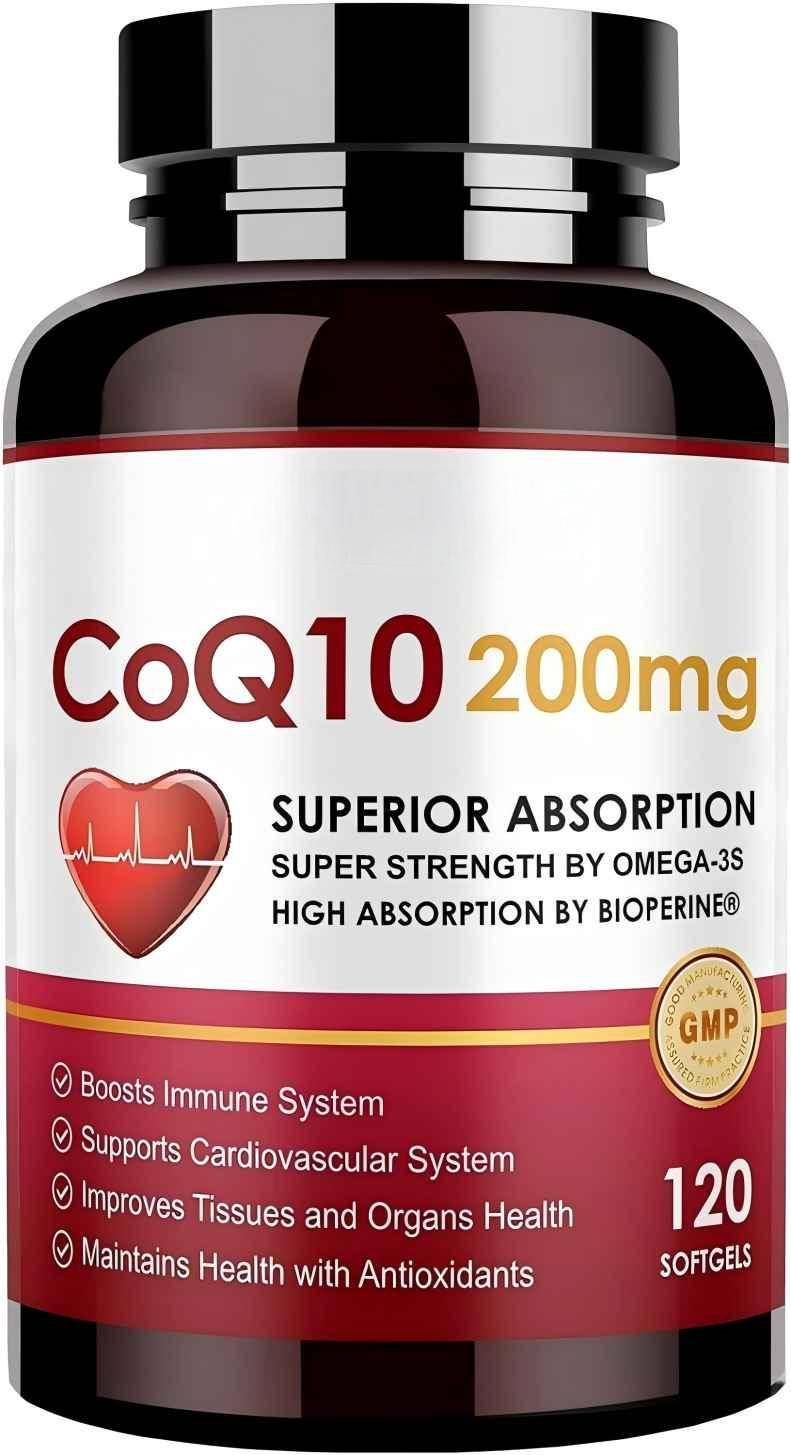
5.Summary
In conclusion, coenzyme Q10 has proven antioxidant and anti-fatigue properties. Although the number of clinical studies is limited, the results suggest that it can be used as an antioxidant for middle-aged and elderly people in the adjuvant treatment of a variety of diseases and can be effective in relieving fatigue and improving oxidative stress, and its safety of use is also very good. The important role of coenzyme Q10 suggests that it can be used as a new type of biochemical drug or health food with important medical value. The market and prospect of coenzyme Q10 are very broad, and the research on coenzyme Q10 should be further deepened and its application scope should be expanded.
References:
[1] Brandmeyer EA,Shen Q,Thimmesch AR,et al.Using coenzyme Q10 in clinical practice [J]. Nursing,2014;44(3):63~66
[2] SAN Yanshuang, WEI Minji. Biochemical mechanism and clinical application of coenzyme Q10[J]. China Medical Journal,2005;7(5):371~373
[3] Yang Zeyi. Coenzyme Q10--a new resource for human health food[J]. Sports Research,2007;28(2):67~69
[4] XIA Shuqin, XU Shiyin. Preparation of coenzyme Q10 nanoliposomes[J]. Food Industry Science and Technology,2006;27(2):164~168
[5] PENG Liang,YAO Siyu,HE Li,et al. Antioxidant effects of coenzyme Q10 in naturally aging rats[J]. Applied Preventive Medicine,2012;12(18):378~380
[6] PENG Liang, ZHAO Peng, LI Bin, et al. Study on the antioxidant effects of coenzyme Q10 in humans [J]. Applied Preventive Medicine,2011; 18(8):1546~1548
[7] Lee D, Kim KY, Shim MS, et al. Coenzyme Q10 ameliorates oxidative stress and prevents mitochondrial alteration in ischemic retinal injury[J].Apoptosis,2014;19(4):603~614
[8] Noh YH, Kim KY, Shim MS,et al. Inhibition of oxidative stress by coenzyme Q10 increases mitochondrial mass and improves bioenergetic functionin optic nerve head astrocytes[J]. Cell Death Dis, 2013;4:e820
[9]Fu X, Ji R, Dam J. Antifatigue effect of coenzyme Q10 in mice [J]. J Med Food, 2010; 13(1): 211~215
[10] Mizuno K, Tanaka M, Nozaki S,et al. Antifatigue effects of coenzyme Q10 during physical fatigue[J]. Nutrition, 2008 ;24(4):293~299
[11] Nicolson GL. Lipid replacement therapy: a nutraceutical approach for reducing cancer- associated fatigue and the adverse effects of cancer therapy while restoring mitochondrial function [J]. Cancer Metastasis Rev, 2010;29(3):543~552
[12] Fouad AA, Al-Mulhim AS, Jresat I.Therapeutic effect of coenzyme Q10 against experimentally-induced hepatocellular carcinoma in rats[J].Environ Toxicol Pharmacol, 2013;35(1):100~108
[13] Hertz N, Lister RE. Improved survival in patients with end-stage cancer treated with coenzyme Q10 and other antioxidants: a pilot study[J] . J Int Med Res, 2009;37(6):1961~1971
[14] Tiano L, Belardinelli R, Carnevali P,et al. Effect of coenzyme Q10 administration on endothelial function and extracellular superoxide dismutase in patients with ischaemic heart disease: a double-blind, randomized controlled study[J].Eur Heart J, 2007;28(18):2249~2255
[15] Lee BJ, Huang YC, Chen SJ,et al. Coenzyme Q10 supplementation reduces oxidative stress and increases antioxidant enzyme activity in patientswith coronary artery disease[J]. Nutrition, 2012;28(3):250~255
[16]Miyamae T, Seki M, Naga T,et al. Increased oxidative stress and coenzyme Q10 deficiency in juvenile fibromyalgia: amelioration ofhypercholesterolemia and fatigue by ubiquinol-10 supplementation[J]. Redox Rep, 2013;18(1):12~19
[17]Cordero MD, Cano-García FJ, Alcocer-Gómez E,et al. Oxidative stress correlates with headache symptoms in fibromyalgia: coenzyme Q10 effect on clinical improvement [J]. PLoS One, 2012;7(4):e35677


 English
English French
French Spanish
Spanish Russian
Russian Korean
Korean Japanese
Japanese